Click here to return to FIRST PART
The Greek chariot
In relation to the faithful reconstructions of the tools used at the time, recently made in
Selinunte and in
Valle dei Templi, and in comparison with
Study of a Roman Cart by Paola Miniero, the axles of Greek carts of the time had to be no higher than half a meter from the ground and the gauge (i.e. the distance between one wheel and the other) had to measure between 140 and 150 centimeters. They had to plausibly be pulled by at least a pair of pack animals (as represented in the numerous numismatic and artistic testimonies that have come down to us) and have wooden but iron-shod wheels. Another reference for estimating the gauge is the width of two oxen side by side: the width of an ox is about 70-80 centimeters, so the minimum gauge between one wheel and the other, to maintain a certain stability, had to be at least 140 centimeters. Another clue about the width is given by the average length of the blocks obtained from the quarries, that is 130 centimeters, or, placing two of them side by side on the long side, 120 centimeters wide. In both cases, it would have been useful to have a margin on each side of at least ten centimeters and a gauge equal to at least the width of the platform. Therefore, the estimate of a gauge between 140 and 150 centimeters, for a typical Greek chariot, seems plausible.
In any case, any rocky outcrop on the ground that exceeded 40-45 centimeters in height would have started to be an obstacle, and the minimum width of the “carriageway” (therefore between one furrow and the other), would have had to measure at least 140 centimeters: in the Granatari Vecchi district, in Rosolini, there are
cart ruts with a maximum width of 130 centimeters and with outcrops of 70 centimeters.
The maximum load that a Greek chariot could bear, also in relation to the information available with respect to wooden chariots with a similar structure but built in different eras, had to be around 2500 kilograms. However, one must also take into account the weight that the driving force, i.e. a pair of oxen, could have pulled, i.e., considering that a single ox develops a pulling force capable of moving 350-500 kilograms, a pair of oxen is able to move 700-1000 kilograms, obviously on flat ground, on a surface that is not too tortuous and with yokes of optimal quality. Clearly, they could have used more pairs of oxen. The slopes affect the weight: roughly the weight of the load increases by 10% for every 10% slope. In any case, as
tested by mountain artillerymen of the last century who, travelling along mule tracks, still used oxen to move artillery pieces, a pulling ox seems to have a limit in the 20% slope. The already mentioned
cart ruts known as Scala Greca, in the Targia district, in Syracuse, has a section with a steep slope that probably exceeds 20%. In the center of the roadway there are holes, about twenty centimeters deep and with a diameter of about thirty centimeters, corresponding to the sloping section, which Paolo Orsi interpreted as
specially dug to allow the parking of pack animals, thus recognizing the difficulties that a cart pulled by oxen would have had in traveling along it. This Greek Staircase, according to the eminent archaeologist, could only be traveled in one direction, uphill, since in the opposite direction, precisely because of the steep slope, it would have been impossible to prevent the loaded carts from overwhelming the animals. The same holes are found in other
cart ruts in the area, always corresponding to slopes (even less extreme).
 Chersifone and Metagene
Chersifone and Metagene
In the already mentioned
De Architectura, two particular transport systems are also described, designed by the Cretan architects Chersifone and Metagene (respectively father and son) for the movement of the
rocchi (i.e. the sections) of the columns and for blocks of great weight and size that would have been used as
architraves. The first consisted in exploiting the cylindrical shape of the
rocco, using it in fact as a wheel to be pulled by pack animals; the second in harnessing the large block in a cylindrical wooden structure, thus also making the block a wheel to be pulled. However, Vitruvius specifies that both methods could only work on smooth, flat terrain and for relatively short distances (reporting the real case of the construction of the temple of Diana in Ephesus, in which such technical
escapades were applied and allowed to travel 8000
feet (that is, about 2.5 km). They would therefore not have been machines that could be used, for example, on the problematic terrain of the Pizzuta area.
reconstructions have been put on display in Selinunte.
The sleds
The sleds could essentially be of two types: one type consisting of two axles on which a loading platform was mounted, pulled by oxen, made to slide on wooden boards, movable, which were moved forward as one proceeded, therefore similar to the
lizzatura; an inclined type, called
treggia, anchored directly to the oxen, which therefore also bore the static weight of the load, similar to the
They called it Trinity, so to speak…
In both cases, it was a system that generated a lot of friction, therefore it certainly needed good lubrication (olive oil or animal fat?), with strong limitations especially with regard to the
sling (less transportable weight, greater stress during transport, greater friction and less effective lubrication, given that the "pads" are directly in contact with the earth and dust). Observing the morphology of the terrain of some quarries in the area (in particular, the Pizzuta and Marzamemi districts) I would rule out transport by
sling and would bet little on
lizzatura. However, I was not there…
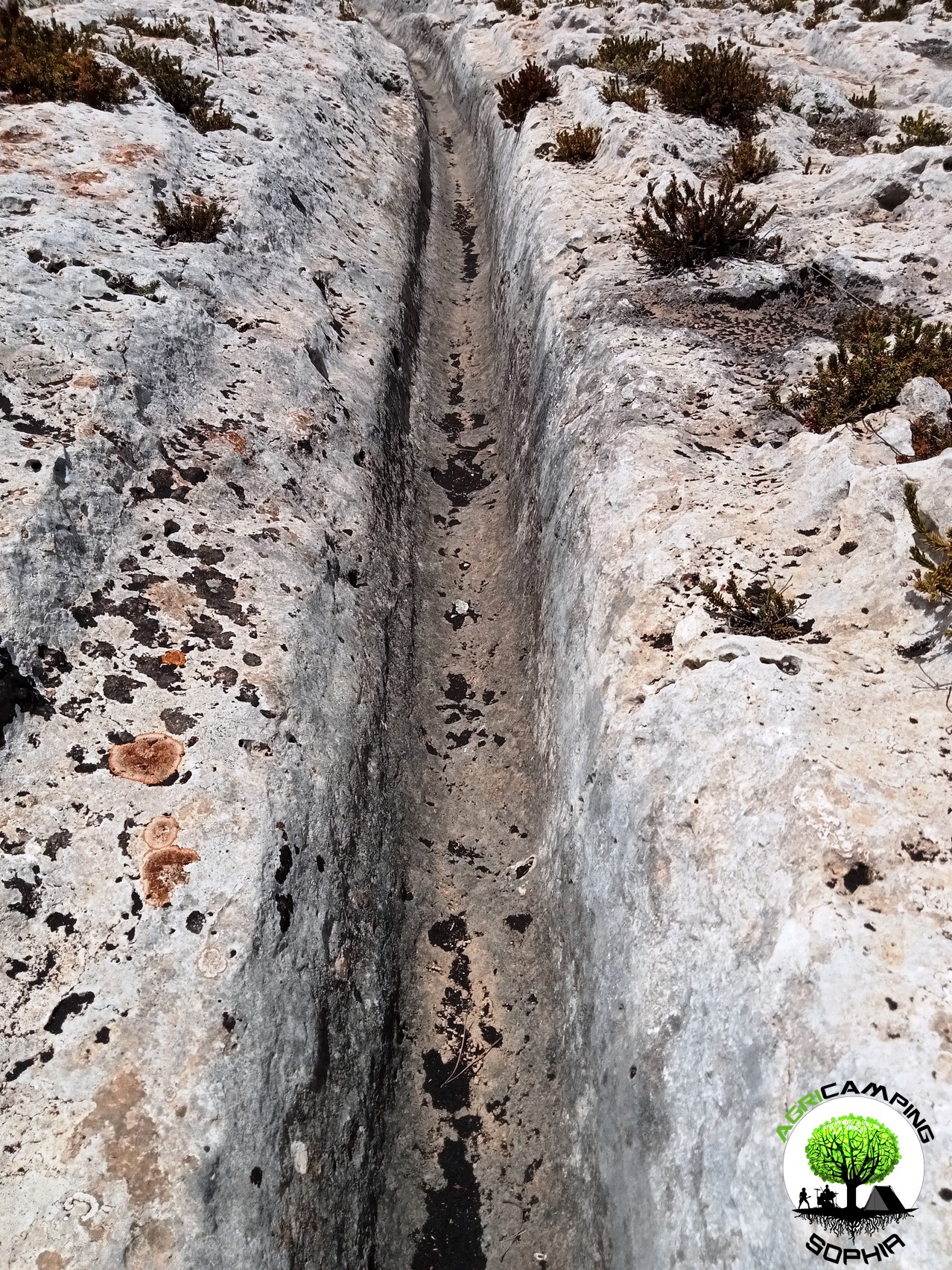 A tribological analysis
A tribological analysis
The company
Nanovea has made available on its website
a tribological analysis that is indirectly useful for estimating how much time and how many passages carts or sleds could have produced the
cart ruts. This is a comparative test of the wear resistance between a slab of
marble and one of
calcarenite, consisting of rubbing a small sphere of
alumina (ceramic aluminium oxide) 1000 times, applying a pressure of 10 Newtons (equivalent to the weight of 1 kilogram), with a hardness, according to the
Vickers scale, of approximately 1800 HV (iron, according to this scale, has a maximum hardness of 80 HV, therefore 22.5 times less than
alumina): the groove caused on the calcarenite slab was found to be 0.2 millimetres deep. Using the results of this test as a basis for calculation, it follows that to create a pair of parallel ruts 22 centimetres deep (i.e. the average of the measurements taken between the Targia and Granatari Vecchi districts, the two sites I visited where the
cart ruts are best preserved), a 1000-kilogram cart with iron wheels would have had to make 25,000 passes, thus transporting 50,000 blocks, for a total volume of 11,700 cubic metres (since I could not estimate the exact weight of the empty cart, I neglected the return journey). There are about twenty parallel
cart ruts at Targia. Ignoring the fact that some of these converge at a certain point into a single one (only that the latter, instead of doubling, tripling or quadrupling the depth of the ruts, as logically should be, given that it collects the converging traffic of several
cart ruts, strangely maintains the same average depth of the ruts of the converging
cart ruts), the volume of blocks transported would have been roughly around 230,000 cubic meters which, considering the size of the
polis Syracuse, is a more than plausible figure.
However, given the presence of numerous other
latomie in the Syracuse area and also given the phenomenon of the plundering of many works throughout history, in order to reuse the construction material, it becomes extremely complicated to estimate exactly how many blocks were extracted, from where and for what they were used. It is assumed, precisely because transportation involved considerable logistical and practical difficulties, that the quarries were always in function of specific nearby construction sites.
It becomes more problematic to justify the ten or so
cart ruts parallel to Granatari Vecchi given the absence of important lithic works in the surrounding area and, vice versa, the absence of
cart ruts at
latomie of a certain size, such as at Marzamemi.
 Mottershead, Pearson and Schaefer
Mottershead, Pearson and Schaefer
In 2008 Derek Mottershead, Alastair Pearson, Martin Schaefer published a
interesting study on the Maltese
cart ruts, in the journal
Antiquity.
Using the
Shore Scleroscope, an instrument that measures the resistance to penetration, therefore the hardness of materials, they found that the resistance to erosion of the rock banks of the Maltese sites of Misrah Ghar Il-Kbir (better known as
Clapham Junction), Bin?emma and Naxxar, where there are several
cart ruts, if completely saturated of water, is reduced between 25% and 84% (the
Clapham Junction rock is the least hard). However, in real conditions, that is, after a heavy downpour has wet the rock only externally, which therefore remains more or less dry inside, the resistance to erosion decreases only between 18% and 56%. The presence of any lichens, moreover, mythifies the phenomenon.
From the analysis of the grooves, the authors of the study exclude that they could have been dug by hand with typical tools (such as picks or chisels) since the smoothing is inconsistent with that type of workmanship, therefore leaning towards a formation resulting from the passage of vehicles. According to scholars, a cart useful for producing the
cart ruts of Malta, would have had to have two wheels (like the traditional carts in Malta, which presumably have a very ancient origin), probably rimmed with metal, 4 centimeters wide, with a diameter of 145 centimeters, a gauge of 140 centimeters and an empty weight of 250 kilograms.
Compared to a static object, for example a stationary wheel, a dynamic object, such as a moving wheel, produces a stress, on the underlying surface, 6 times greater. Therefore, for a moving cart it is 6 times easier to alter the ground, compared to the same stationary cart.
To deform the wet Maltese rock by compression, therefore simply by means of a stationary cart, a total weight of between 400 kilograms (at Misrah Ghar Il-Kbir) and 9000 kilograms (at Naxxar) would be sufficient. If the empty wagon alone were in motion, it would be sufficient to erode the dry rock at Misrah Ghar Il-Kbir and the wet rock at Bin?emma. To erode the wet rock at Naxxar, such a wagon would have to be loaded with 665 kilograms. Instead, in dry conditions, the load should weigh 640 kilograms at Bin?emma and 950 kilograms at Naxxar.
Basically, the authors simply want to demonstrate that there is no need to bother with the transport of the much heavier megaliths with which the various temples in Malta were built (including the famous
?gantija) to explain the formation of the
cart ruts: an “ordinary” use of the carts would have been enough.
Sleds and sleds, as systems that would have formed the
cart ruts, are excluded from the study because the weight of the load would not only weigh on the contact surface of the wheels of a cart, but would be discharged onto the
skates in contact with the ground. Basically, we would be dealing with a third-class lever that would drastically increase the friction and force required to maintain its lifting and towing, making the system practically impractical. Furthermore, according to the authors, the presence of furrows even 65 centimeters deep would be incompatible with a sled that, plausibly designed to carry at least 1000 kilograms, could not structurally leave an adequate gap for the depth of the furrows (65 centimeters) between the loading surface and the runners.
The furrows on the weak rocks (at Misrah Ghar Il-Kbir) would have formed in a shorter period of time than those on the more resistant rocks (at Naxxar) which therefore, at the same depth, would have been used for a longer time. At Misrah Ghar Il-Kbir, some
cart ruts converge into a single one, which is deeper than the two confluent ones, since it would have intercepted the passages of both the previous
cart ruts.
The maximum depths of the furrows found are substantially the same, even if the rocks are different, since the limit of passability was determined by the state of wear, given that the vehicles evidently had standard characteristics. The
cart ruts with the deepest ruts would have been abandoned in favor of new routes, thus leading to the duplication of the routes: this is how the authors of the study partly explain the presence of multiple parallel
cart ruts. Probably the current rutted rock surface was originally covered by soil, which would solve the apparent senselessness of some routes: in other words, the soil would have covered rocky obstacles that would have emerged as those routes were practiced, to then either make them deviate or, simply, abandon them in favor of alternative routes. This would be another reason that would explain the presence of more parallel
cart ruts.
In short, the particular abundance of
cart ruts in Malta would therefore be based on environmental rather than cultural factors: the relative softness of the rock would have allowed the use of
cart ruts only for a short period, forcing the identification of new routes which, in turn, would have had a rapid course; furthermore, the presence of obstacles gradually emerging from the wear of the routes, would have forced their deviation or the choice of new routes.
Click here to read the THIRD PART


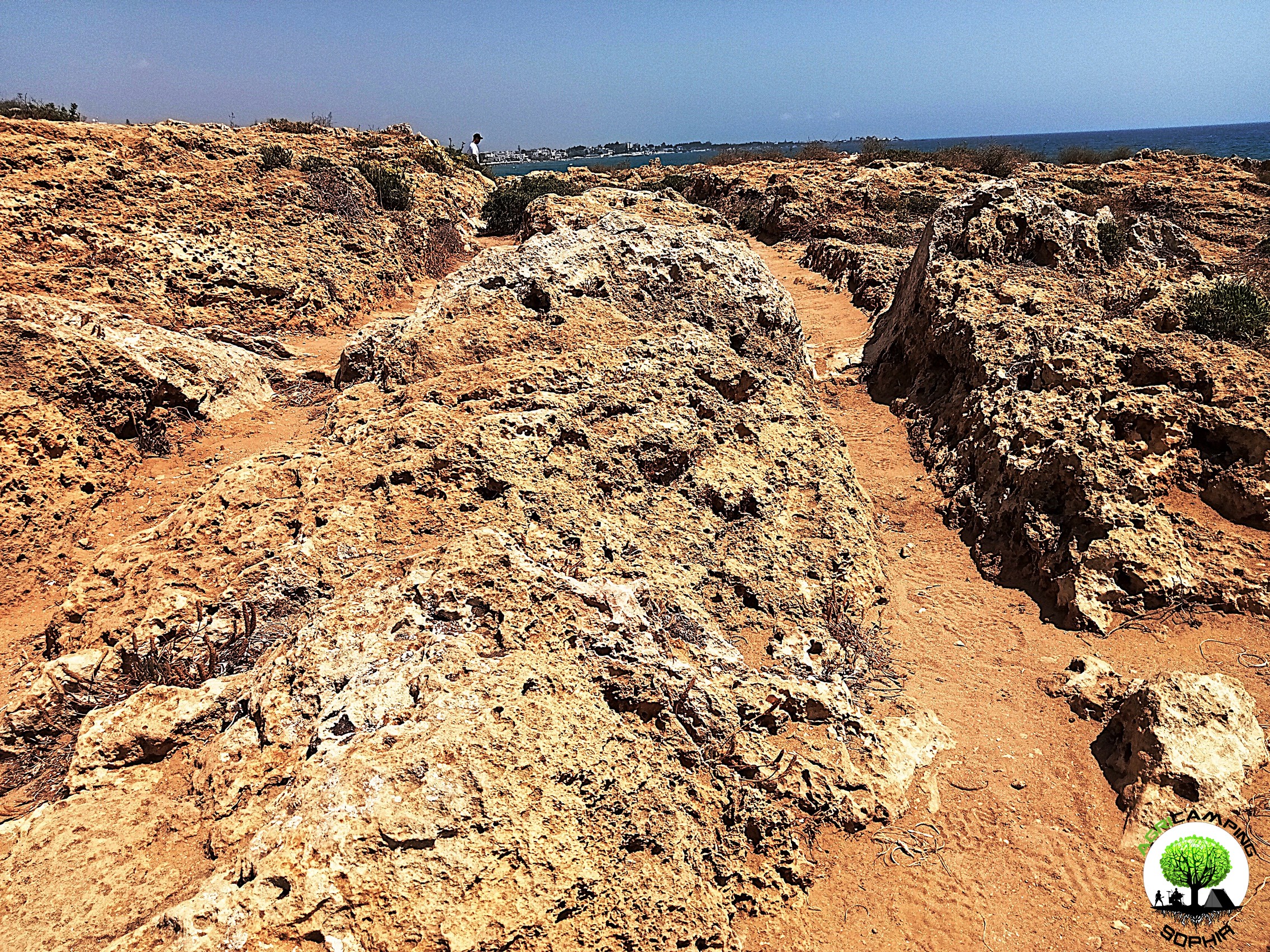



 DO YOU WANT TO ORGANIZE AN ERASMUS AT AGRICAMPING SOPHIA?
DO YOU WANT TO ORGANIZE AN ERASMUS AT AGRICAMPING SOPHIA?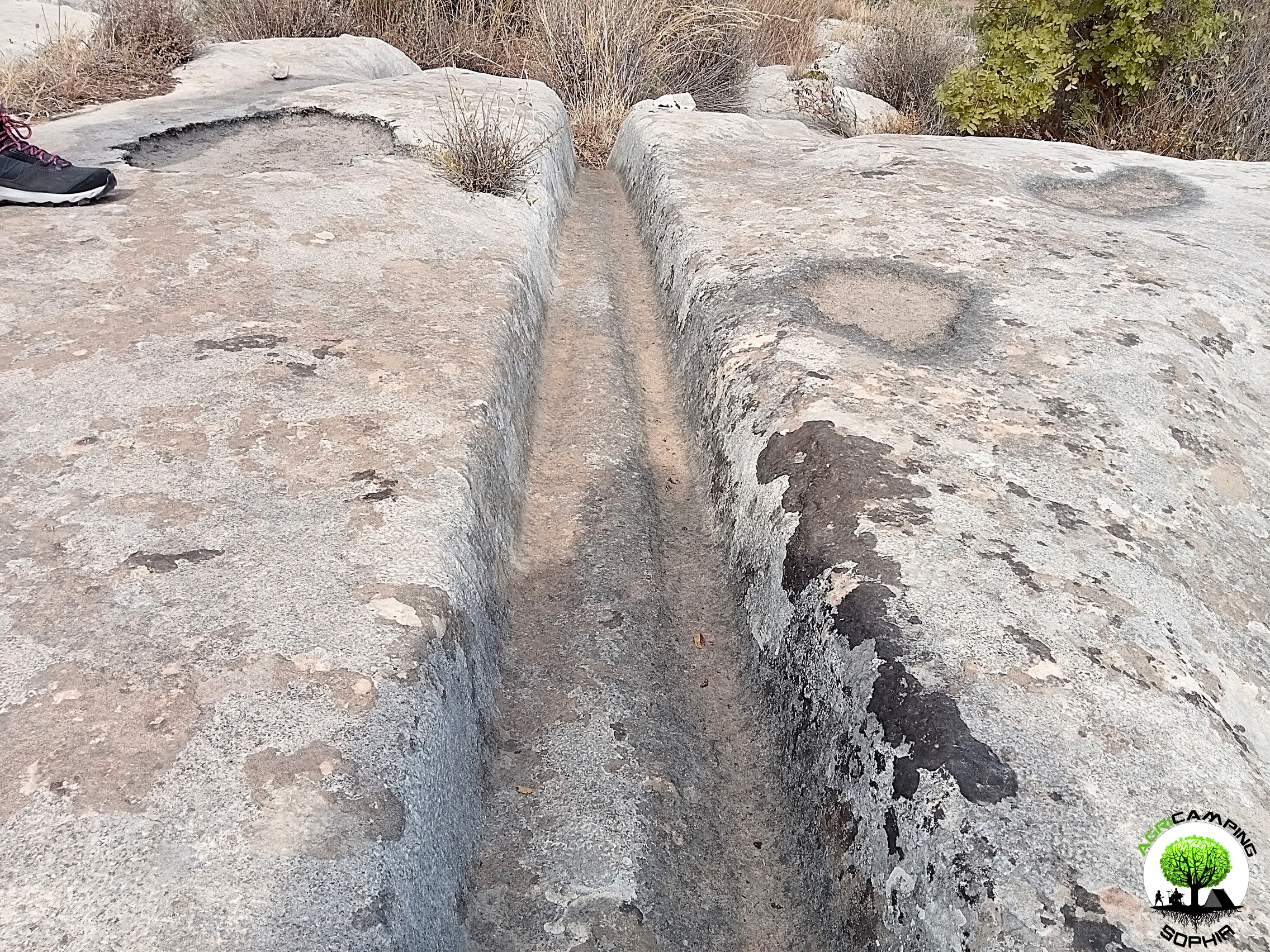 CART RUTS MODELED ON SOFT ROCK?
CART RUTS MODELED ON SOFT ROCK? RACK OR HOUSING FOR CLOGS?
RACK OR HOUSING FOR CLOGS? CART RUTS CUT FROM QUARRIES
CART RUTS CUT FROM QUARRIES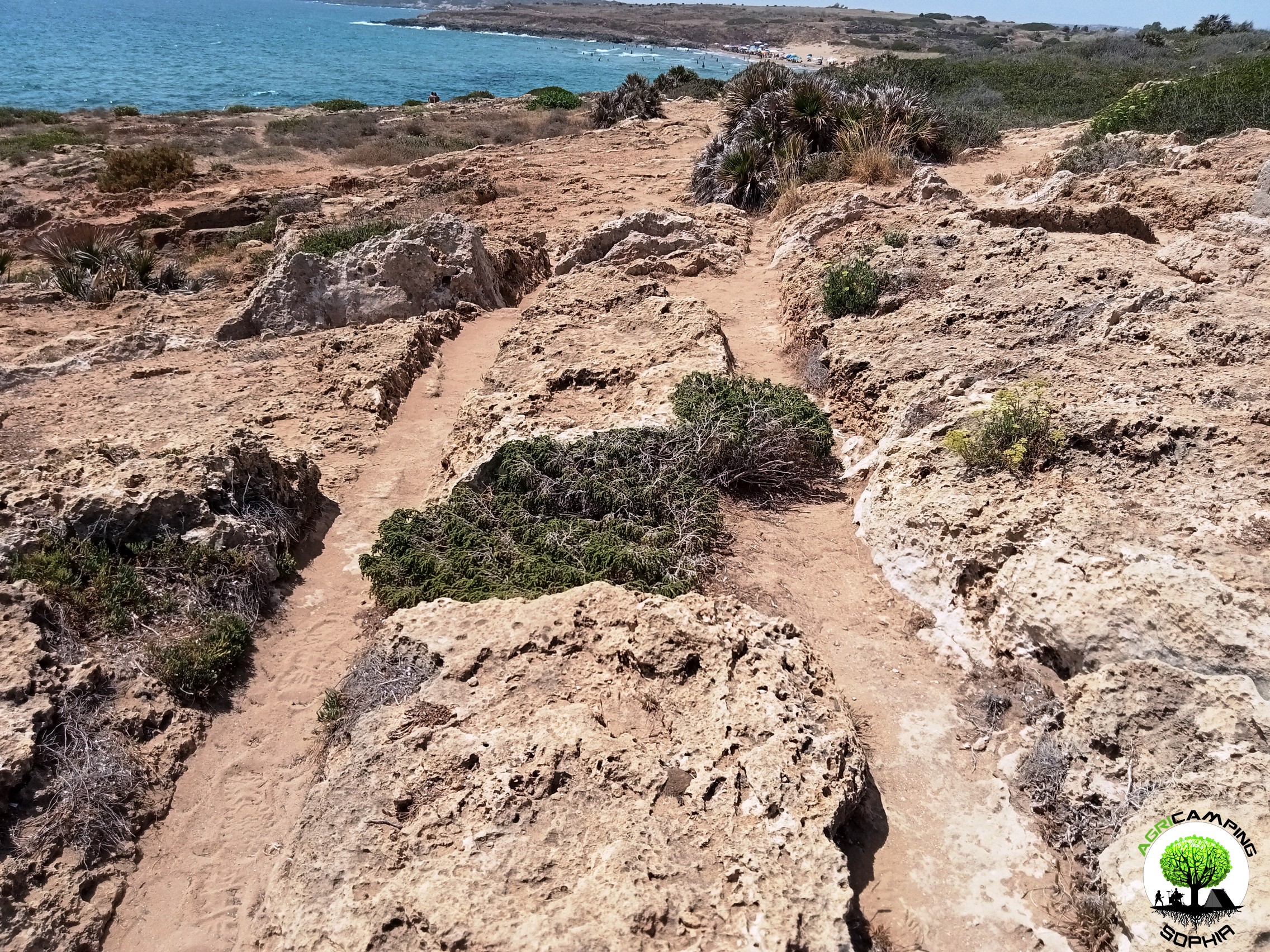 CART RUTS AND A FEW TOO MANY PROJECTIONS
CART RUTS AND A FEW TOO MANY PROJECTIONS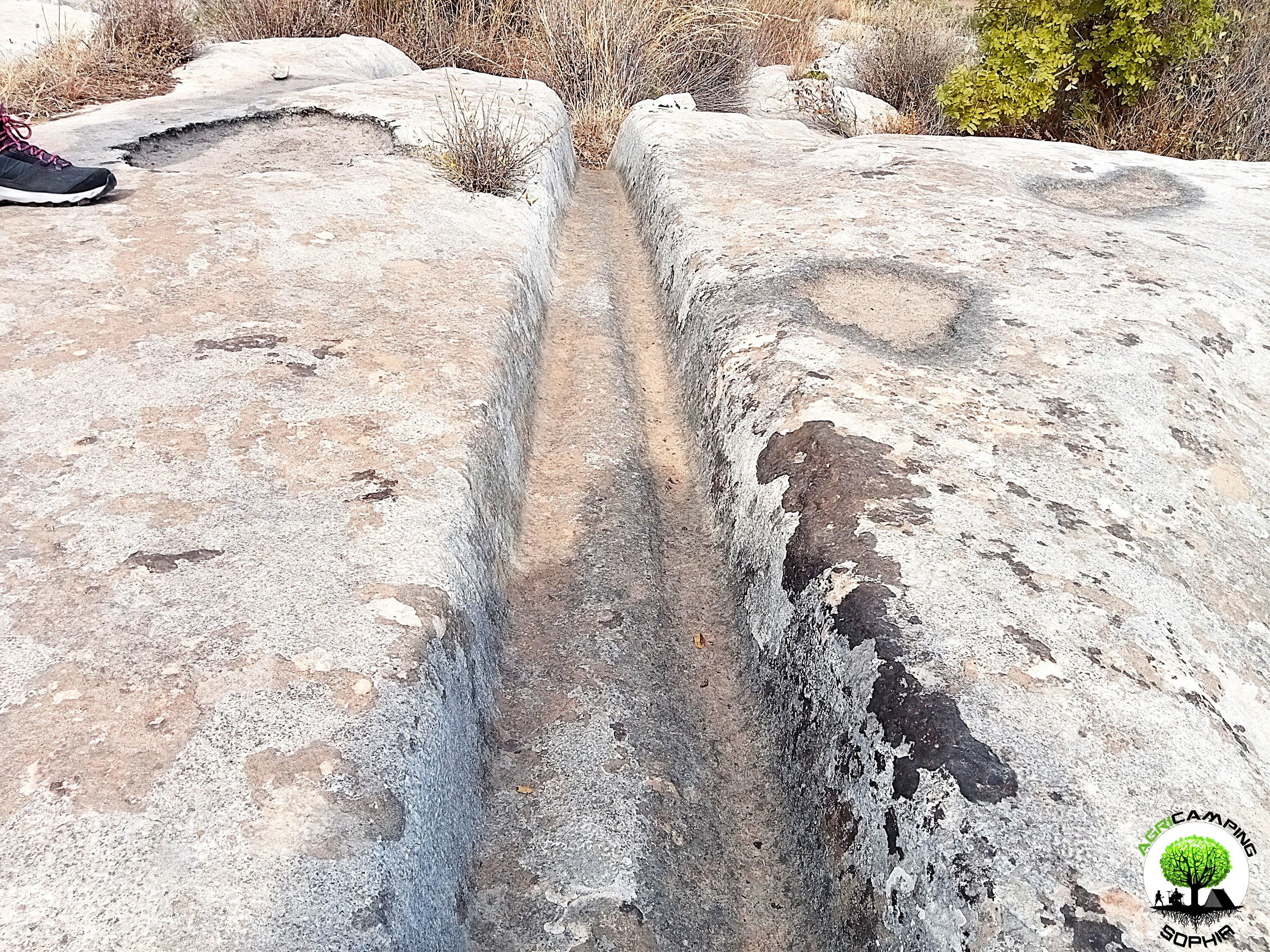 THE POLISHING OF THE CART RUTS
THE POLISHING OF THE CART RUTS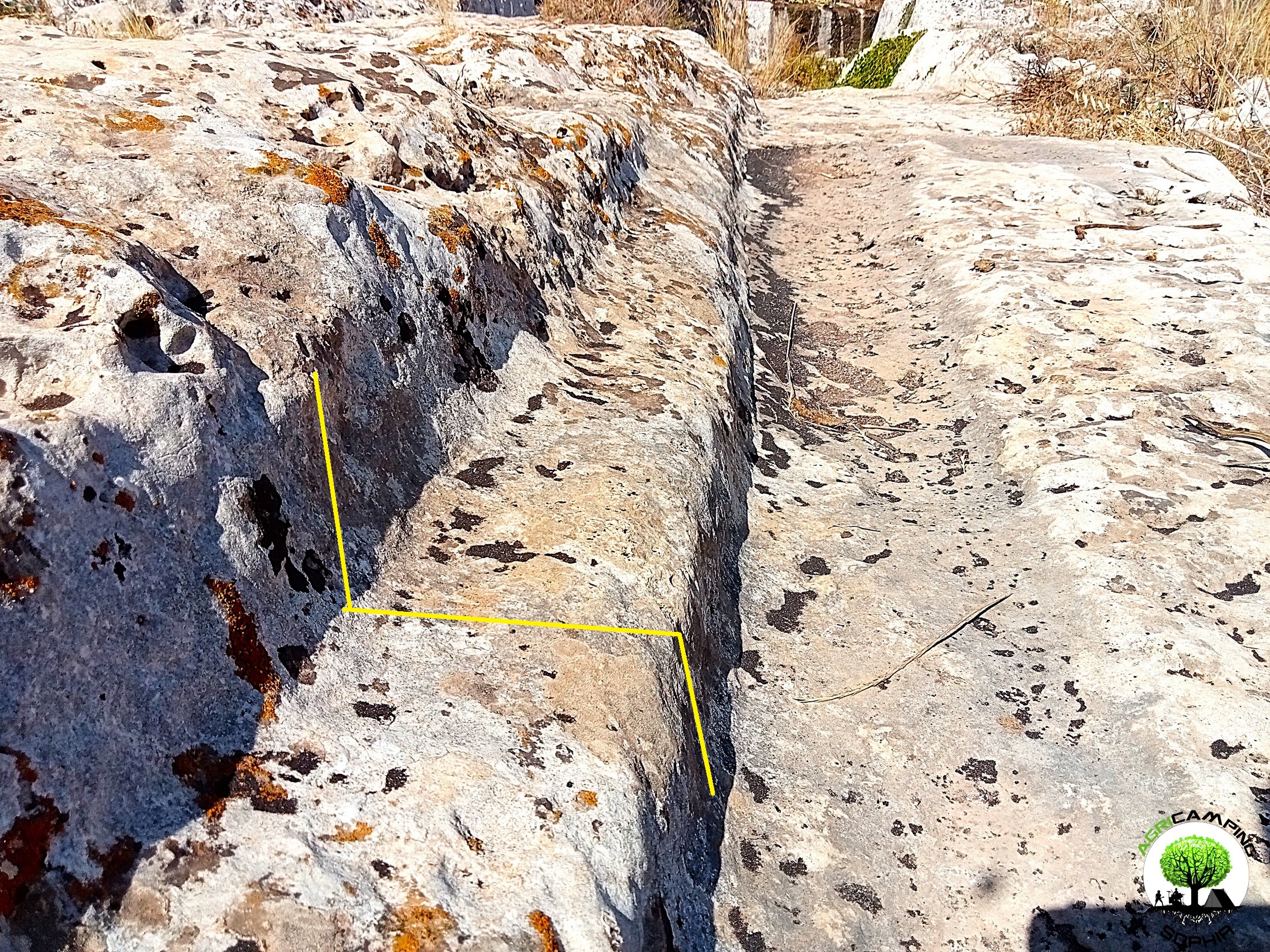 THE PROBLEMATIC EDGES OF THE CART RUTS
THE PROBLEMATIC EDGES OF THE CART RUTS THE PROBLEM OF CART RUTS IN SOUTH-EASTERN SICILY (PART FOUR)
THE PROBLEM OF CART RUTS IN SOUTH-EASTERN SICILY (PART FOUR)